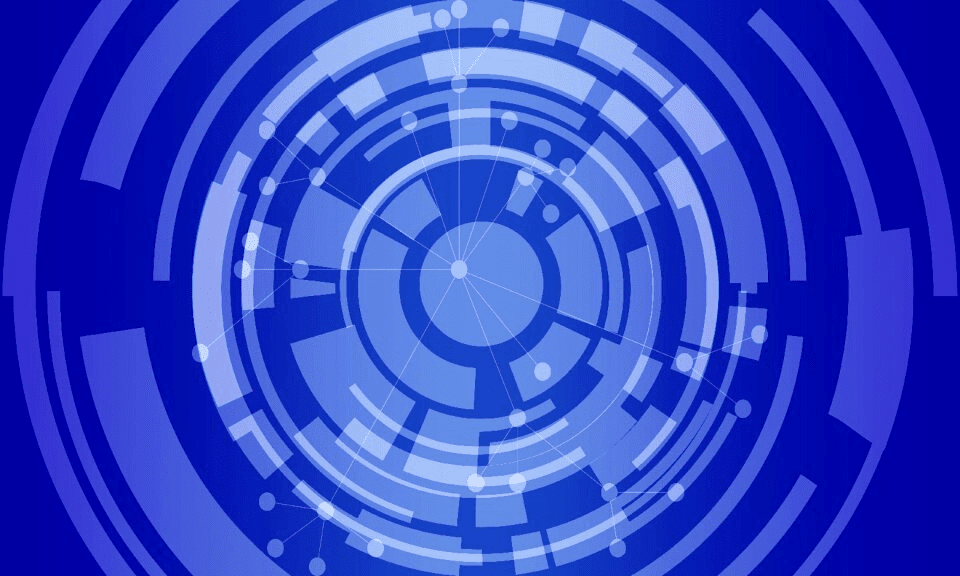
Cybersecurity threats have risen in sophistication and scale in the past year. The recent pandemic has played a dramatic role in changing the world. There was a notable increase of 400% or more in the number of cyberattacks. Figures show that global cybercrime costs will also rise by 15% per year over the next five years, hitting USD 10.5 trillion per year by 2025. As companies continue to rely on technology to streamline business activities, the risk of cybersecurity threats also increases
Cybersecurity Threats You Need To Watch Out in 2021
In a world where the Internet brings people together, data security has never been more critical. It would be wise for you to know the latest cybersecurity design trends to combat possible infiltration. Moreover, it is a crucial way to stay safe from threats.
1. Remote Worker Endpoint Securit
In 2020, there was an exponential rise in the number of remote employees across the globe. The pandemic has contributed to a global change in how workers collaborate and work. As many businesses are preparing to make remote work permanent this year and beyond, it can serve as a gateway for hackers.
Remote staff often connect to the Internet without any network perimeter protection. The most vital element of layered cybersecurity safety is lacking. Because of this, cybercriminals can hack any remote worker by leveraging cloud-based services. They can also use poor encrypted VPNs and unpatched remote computers to break into off-network systems.
If attackers threaten corporate workers operating from home, they can easily find the weakest points. There are no business-grade firewalls found in home networks. You may also consider virtual CISO to build and improve cybersecurity and compliance programs in your organization.
2. Attackers Will Start Using AI
Some advanced hackers used deepfakes to impersonate corporate executives and steal money. Researchers have found that cybercriminals can use Artificial Intelligence and Machine Learning to build new viruses. They also use it to boost phishing or discover new ways to break into corporate networks. AI-powered attacks are now uncommon. Criminals are far more comfortable using it. Furthermore, most have more robust resources in their hands.
As businesses reinforce their protections and develop contingency mechanisms, attacker innovates their attacks. AI offers the opportunity to create scalable attacks that are fully automated and customized to each victim.
3. Cloud-based Threats
More businesses are turning digital and optimizing remote network platforms. Thus, the cloud infrastructure has also intensified. This trend in the working environment will continue this year.
Figures show that global consumers on cloud services will hit USD 1 trillion in 2024. Moreover, there will be a compound annual growth rate (CAGR) of 15.7% between 2020 and 2024.
However, this accelerated migration to the cloud exposes companies to some security problems. Bugs, incomplete data deletion, and cloud storage malfunctions are typical cloud problems. You can also encounter limited access and control that raise cybersecurity threats.
5. Malware
Malware is one of the broadest terms of cybersecurity threats. It is a malicious type of software intended to damage a computer system. As malware reaches a device, it executes dangerous tasks such as stealing, deleting, or encrypting records. It can also track computer users’ actions and hijack essential computer functions.
Prevalent malware includes viruses, worms, ransomware, Trojan horses, and spyware. Malware is usually transmitted via physical hard disks or removable USB drives. However, malware is now also prevalent in internet downloads.
6. Social Engineering Attacks
Social engineering attacks rely on human or social contact. It is not just bots accessing a machine via the Internet. Since people are vulnerable to mistakes, social engineering is a significant security concern. Social engineering attacks happen when a hacker fools someone to send them information or access any link. Hackers attempt to trick people into breaking the typical security protocols.
Since it depends on human interaction, social engineering attacks impact people’s emotions. One of the most common tactics is to make others assume they’re supporting someone in need. An impostor could present a request for access to a folder, bank account, or confidential data as a fellow employee or even a family member.
To deter social engineering attacks, you need to study the best cyber defense practices to quickly recognize a threat. You can teach your family members or remote workers to detect phishing and social engineering attacks. You can improve your protection stance and enhance your understanding of all threats.
7. Phishing Attacks
Phishing attacks are some of the most massive and destructive attacks. It is also one of the most common threats affecting small businesses. Phishing accounts for 90% of all attacks suffered by companies. Moreover, it has jumped 65% over the past year and is responsible for many company losses. Phishing attacks occur when an attacker pretends to be a trustworthy friend. It then urges a user to click a malicious link or download a malicious file. You might be asked to input any personal information, account data, or credentials.
Nowadays, phishing threats have been even more advanced in recent years. Cybercriminals are being more persuasive to claim legitimate business contacts. Hackers using phishing schemes to steal business email address credentials from high-level executives. Furthermore, they then use such accounts to request compensation from workers fraudulently.
Part of what makes phishing attacks so destructive is that it’s challenging to combat. They use social engineering to target individuals or organizations rather than technical attack vulnerabilities.
8. The 5G Threat
While the evolution of 5G networks will be a game-changer, it can pose a new cyberattack. Although hackers cannot directly control signals on data center operators, a possible attack can have a huge ripple effect. The 5G technology and networks would be the main focus for cybercriminals. There is a blur distinction between protection and the fear of spying. Any technical instability in vital infrastructure should be a significant concern to corporate leaders.
Millions of modern 5G masts can connect more computers and apps. Moreover, these latest 5G networks will depend heavily on technology. That implies an influx of new threat vectors, potential flaws, and loopholes that a variety of hackers and cybercriminals can abuse.
9. PDF Scams
At the office, PDF attachments are shared continuously via email, Slack, and other messaging platforms. Our brains associate PDFs with business, so we are more likely to let our guard down and open them up.
Similar to phishing, PDF scams have one objective in mind: to get you to open the attached PDF. They involve an email sent with a message, often indicating that a security policy has been updated or that an account statement is attached. However, when you click the attached PDF, it exposes you to malware or virus on your computer.
Unlike many email scams, PDF scams often don’t ask you to open a link to provide information. PDF scammers know that people are wary of email asking them to click a link. However, people are more likely to open a PDF if they think it’s a balance of statements or a press release.
10. Insider Threats
The final major threat to small businesses is the insider threat. An insider threat is a risk to an organization caused by employees, former employees, contractors, or associates. These individuals can access critical data about your company. They can have harmful effects through greed, malice, or only through ignorance and carelessness.
That is a growing problem and can put employees and customers at risk or cause financial damage. Inside small companies, insider attacks are rising as more workers have access to different data. To combat these attacks, small companies need to ensure that they have a good cybersecurity culture. That will help avoid insider attacks created by ignorance and common mistakes. It will help workers figure out what the attacker has accessed or if anyone is trying to hack company records.
Final Thoughts
It is vital to have security protocols and updated software and hardware. However, it is also crucial to recognize any possible cybersecurity threats. Furthermore, the easiest way for you to defend yourself or your company from these attacks is to have a full range of protection tools in place. It would be beneficial also to train your employees to detect any possible infiltration.

AUTHOR BIO
MARICAR MORGA
Maricar worked as a marketing professional for almost a decade and handled concerts, events and community service-related activities. Leaving her corporate job for good to pursue her dreams, she has now ventured in the path of content writing and currently writes for Softvire Australia and Softvire New Zealand. A Harry Potter fan, she loves to watch animated series and movies during her spare time.








